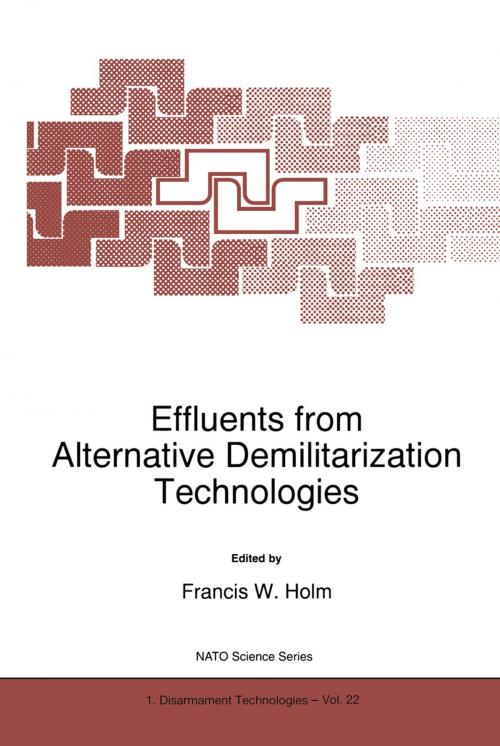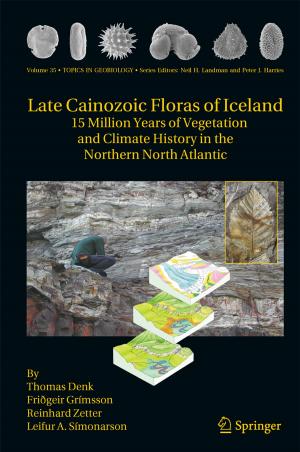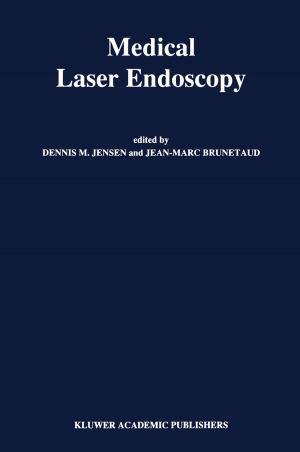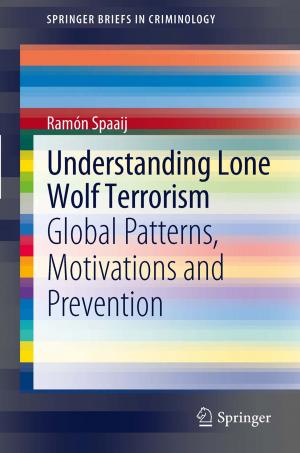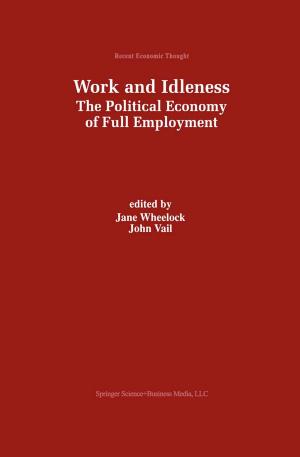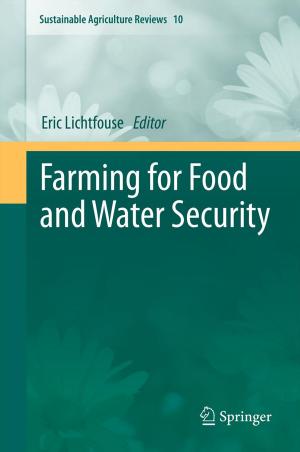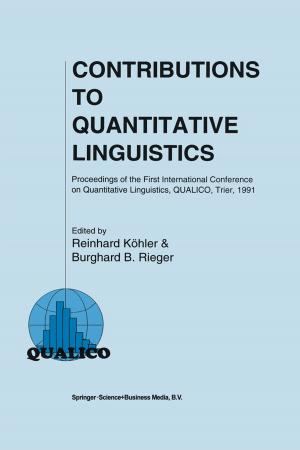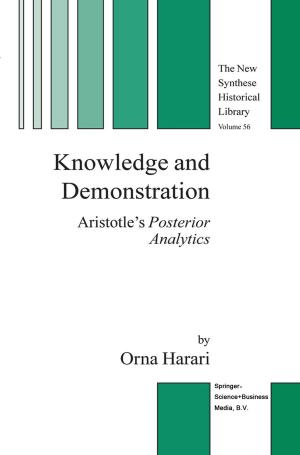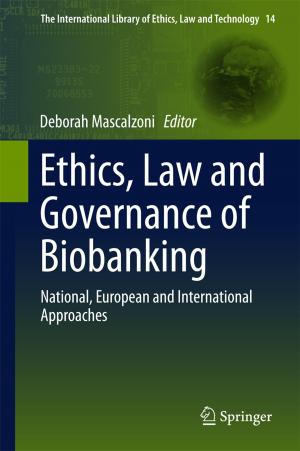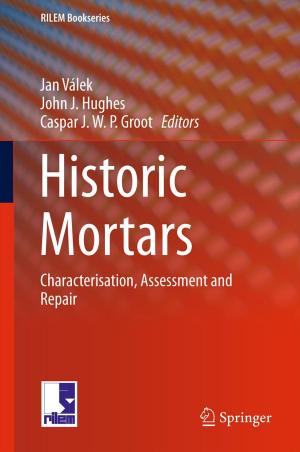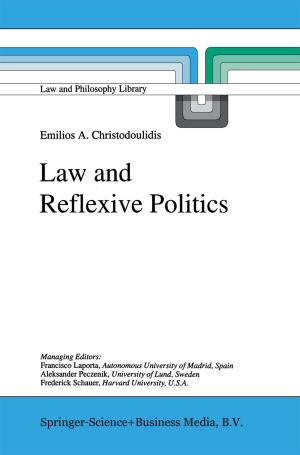Effluents from Alternative Demilitarization Technologies
Nonfiction, Science & Nature, Science, Chemistry, Technical & Industrial, Technology, Environmental, Nature| Author: | ISBN: | 9789401153102 | |
| Publisher: | Springer Netherlands | Publication: | December 6, 2012 |
| Imprint: | Springer | Language: | English |
| Author: | |
| ISBN: | 9789401153102 |
| Publisher: | Springer Netherlands |
| Publication: | December 6, 2012 |
| Imprint: | Springer |
| Language: | English |
FRANCIS W. HOLM 30 Agua Sarca Road, Placitas, New Mexico 1. Overview The North Atlantic Treaty Organization (NATO) sponsored an Advanced Research in Prague, Czech Republic, on October 13-15, 1997, to collect and Workshop (ARW) study information on effluents from alternative demilitarization technologies and to report on these fmdings. The effluents, orprocess residues, identified for assessment at the workshop are generated by systems that have been proposed as alternatives to incineration technology for destruction of munitions, chemical warfare agent, and associated materials and debris. The alternative technologies analyzed are grouped into three categories based on process bulk operating temperature: low (0-200 C), medium (200-600 C), and high (600-3,500 C). Reaction types considered include hydrolysis, biodegradation, electrochemical oxidation, gas-phase high-temperature reduction, steam reforming, gasification, sulfur reactions, solvated electron chemistry, sodium reactions, supercritical water oxidation, wet air oxidation, and plasma torch technology. These ofprocesses, some of which have been studied categories represent a broad spectrum only in the laboratory and some of which are in commercial use for destruction of hazardous and toxic wastes. Some technologies have been developed and used for specific commercial applications; however, in all cases, research, development, test, and evaluation (RDT&E) is necessary to assure that each technology application is effective for destroying chemical warfare materiel. Table 1 contains a list of more than 40 technologies from a recent report for the U.S. Army [1]. Many ofthe technologies in Table 1 are based on similar principles.
FRANCIS W. HOLM 30 Agua Sarca Road, Placitas, New Mexico 1. Overview The North Atlantic Treaty Organization (NATO) sponsored an Advanced Research in Prague, Czech Republic, on October 13-15, 1997, to collect and Workshop (ARW) study information on effluents from alternative demilitarization technologies and to report on these fmdings. The effluents, orprocess residues, identified for assessment at the workshop are generated by systems that have been proposed as alternatives to incineration technology for destruction of munitions, chemical warfare agent, and associated materials and debris. The alternative technologies analyzed are grouped into three categories based on process bulk operating temperature: low (0-200 C), medium (200-600 C), and high (600-3,500 C). Reaction types considered include hydrolysis, biodegradation, electrochemical oxidation, gas-phase high-temperature reduction, steam reforming, gasification, sulfur reactions, solvated electron chemistry, sodium reactions, supercritical water oxidation, wet air oxidation, and plasma torch technology. These ofprocesses, some of which have been studied categories represent a broad spectrum only in the laboratory and some of which are in commercial use for destruction of hazardous and toxic wastes. Some technologies have been developed and used for specific commercial applications; however, in all cases, research, development, test, and evaluation (RDT&E) is necessary to assure that each technology application is effective for destroying chemical warfare materiel. Table 1 contains a list of more than 40 technologies from a recent report for the U.S. Army [1]. Many ofthe technologies in Table 1 are based on similar principles.
